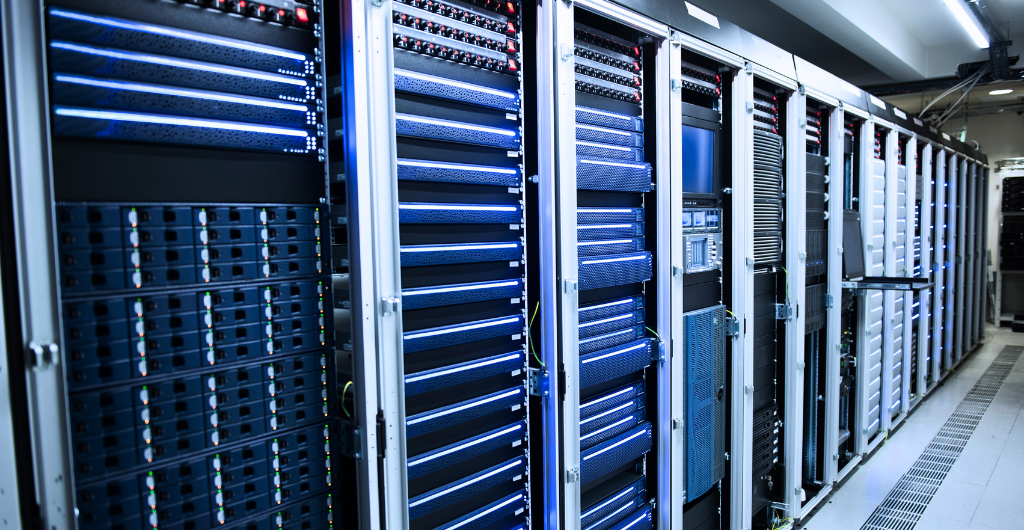
Increasing digitisation and the expansion of cloud services have led to an exponential increase in demand for advanced IT infrastructures. These infrastructures generate ever-increasing amounts of heat, making modern and efficient cooling systems indispensable. In this article, we will find out what the best data centre cooling solutions are and how the implementation of a polyethylene system can help improve the reliability of a data centre.
Data Centre Growth and the Cooling Challenge
Data centres are at the core of modern digital infrastructure, housing servers, storage systems and uninterruptible power supplies that ensure the continuous operation of cloud services, artificial intelligence and machine learning. However, as the processing power of this equipment increases, the amount of heat generated has become a critical issue. Every computing operation produces heat, which, if not properly dissipated, can reduce hardware performance, increase the risk of failures and outages, and shorten equipment life. For this reason, ensuring an effective cooling system is essential for the proper functioning of modern IT infrastructure.
Why is Air Cooling for Data Centres no longer sufficient?
For a long time, air cooling was the most widely used method of dissipating heat in data centres. This type of system uses ventilation systems to dissipate the heat generated by data centres, but the increasing density of power and, therefore, of heat produced has made this solution less and less efficient. Air has a low coefficient of thermal conductivity, which means that more and more cold air is needed to absorb these large amounts of heat, and the ventilation systems used to generate these flows require high energy consumption, increasing operating costs and environmental impact.
Facing these problems, air cooling is progressively giving way to more efficient liquid-based systems, which enable more effective temperature management within data centres.
Why choose Liquid Cooling for modern Data Centres?
Liquid cooling represents a technological leap forward compared to air cooling systems. This system works through closed circuits of cooling fluid, which take heat directly from the machine processors and transport it to heat exchange units, where it is dissipated. The cooling fluids have higher thermal capacities than air, allowing much more efficient temperature management with less energy consumption, and also reducing the environmental impact of the entire data centre. This approach keeps machine operating temperatures at optimal levels, improving performance and reducing the risk of failure.
Why Use Polyethylene Fittings for Data Centre Liquid Cooling?
One of the most important aspects in ensuring the efficiency of a liquid cooling system is the choice of materials for pipes and fittings. Polyethylene (HDPE) is distinguished by a number of characteristics that make it particularly suitable for this application:
Polyethylene is a much lighter material than the metals traditionally used in cooling systems. This facilitates and speeds up the implementation of the system, reducing installation time and labour costs. Its flexibility allows for easy adaptation to different plant configurations.
Unlike metal fittings, which can deteriorate over time due to exposure to moisture or liquids, polyethylene does not rust and retains its properties even after years of use, reducing the risk of leakage. In addition, the material is perfectly compatible with cooling liquids and many chemical agents.
Polyethylene pipes can operate over a wide temperature range without deformation or structural alteration. In addition, polyethylene is an excellent thermal insulator, reduces heat loss and optimises the efficiency of the cooling system, ensuring optimum performance even under extreme conditions.
Thanks to its properties, polyethylene offers exceptional durability, reducing the need for replacement or maintenance work. These characteristics make it a strategic investment for next-generation data centres, guaranteeing operational continuity and reliability over time.
